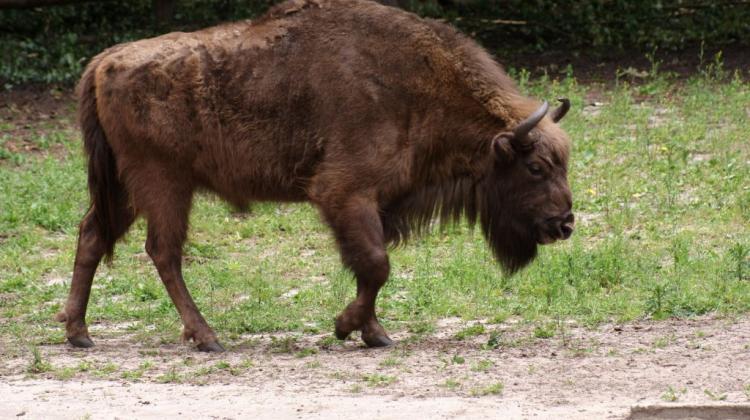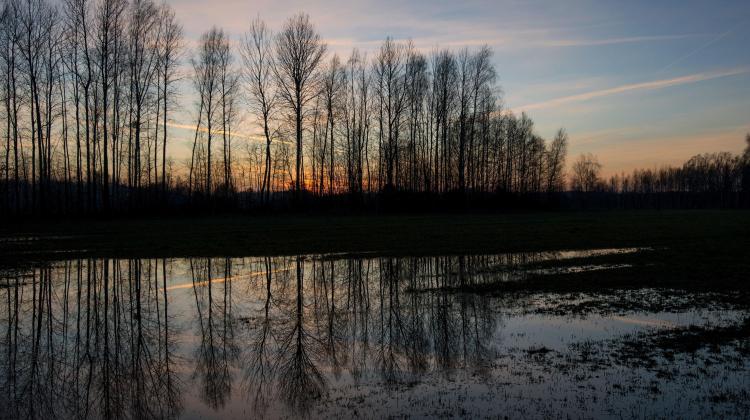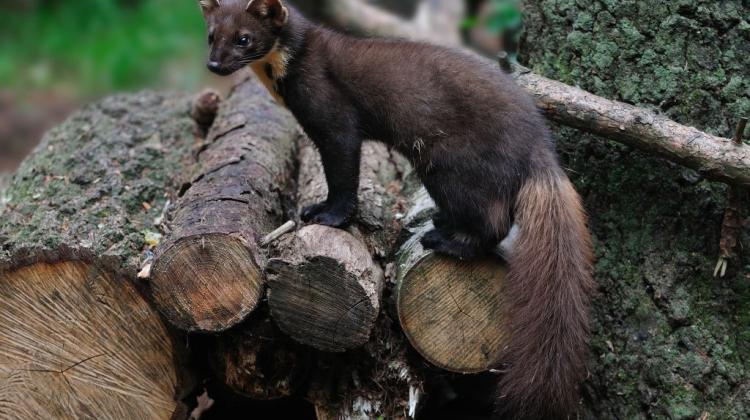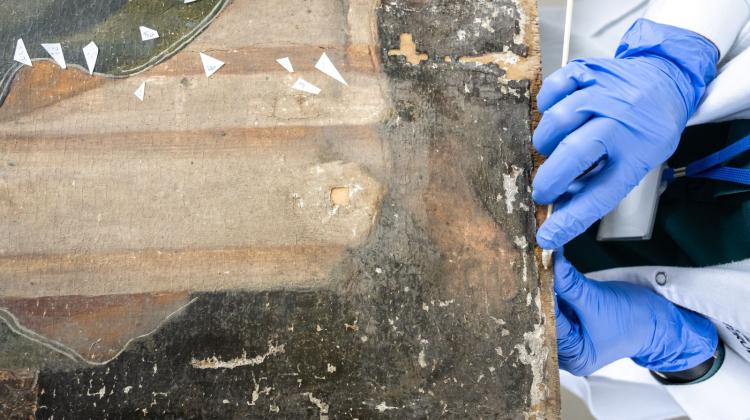Scientists: European bison rescued and as safe as a species

The European bison are as safe as a species, but a threats of disease and living in isolated populations remain, scientists believe. 85 years ago, work began in Białowieża on the rescuing the species and its restitution in nature.
The ancestors of today's Białowieża bison herd were the male - Borusse - and females Biserta and Biskaya, brought to Białowieża in 1929 and 1930 from zoos in Germany and Stockholm. Breeding began in September 1929. In the years 1920-1928 there were no bison in the Białowieża Forest, although in the 19th century their population reached the record number of 1.8 thousand animals. During World War I they were killed for meat.
In 1924, "reserve" forest district was established in the Białowieża Forest, which was the beginning of the Białowieża National Park. European bison is the symbol of the park. During the work on saving the species (restitution), the first bison were released into the wild in the Białowieża Forest in 1952.
Today, scientists believe that restitution of the European bison population in nature was successful, but they have different views on how to proceed with bison. The world population of the species is currently approx 5 thousand bison, of which approx 500 in the Polish part of the Bialowieża Forest. It is the largest herd of these animals living in the wild.
"Restitution of the species was a great success. The numbers of European bison are gradually increasing. This makes bison relatively safe, although there are less of them in the world than, for example, black rhinos, which are considered a rare species" - told PAP director Mammal Research Institute PAS Dr. Rafał Kowalczyk. He added that according to the International Union for Conservation of Nature (IUCN), the European bison is not an endangered species, but it is rare.
In his view, the greatest threats to the European bison are disease and parasites (for example, in Bieszczady foresters shot off a whole herd because of tuberculosis, there is also a risk of viral bluetongue disease). Winter feeding of these animals is conducive to the spread of diseases, because the bison congregate in large herds. "Ongoing management of populations is based on breeding and zootechnical methods, making some European bison populations dependent on human and vulnerable to parasitic invasions" - said Kowalczyk. On the other hand, without feeding the European bison cause damage to the fields, feeding winter rape.
Kowalczyk noted that the management of the European bison population begins to use the knowledge that it is not a strictly forest species, but it needs a combination of forest and open environments. "One of the important problems in the protection of the European bison is limited space for the species. European bison is the largest land animal in Europe, and it needs large space" - said Kowalczyk. He believes that former military training grounds are a potential place for bison.
European bison are in need of a new place – admitted Prof. Wanda Olech from SGGW-WULS in Warsaw. The university, together with various institutions, implements various projects related to the European bison protection, including contracting meadows from farmers, which involves leaving the hay for the bison in the winter in a number of places. This is aimed at preventing the congregations and spread of animal diseases.
Olech emphasized that there are currently five wild population of European bison in Poland, and there should be 5-6 more, for example in Augustów Forest, Romincka Forest, but also in the forests of Janów, in the foothills of Przemyśl, in Magurski National Park. "This would allow to spread the existing populations, disperse the risk of diseases and other disasters, and besides, further destroy the myth that the European equals Białowieża. Bison is not so demanding and it can leave in forests of inferior quality, if only they parted with meadows and pastures" - believes Olech. She added that more important than increasing the number of bison is to increase their population.
According to Olech, the European bison - as she put it - can "cope" with close relationship (all European bison in the world come from 12 ancestors). "I do not think this problem deserves special attention, because (...) no serious disturbances in reproduction and survival are observed. There are diseases ant this requires continuous monitoring" - believes Prof. Wanda Olech. (PAP)
kow/ son/
tr. RL
Przed dodaniem komentarza prosimy o zapoznanie z Regulaminem forum serwisu Nauka w Polsce.


















